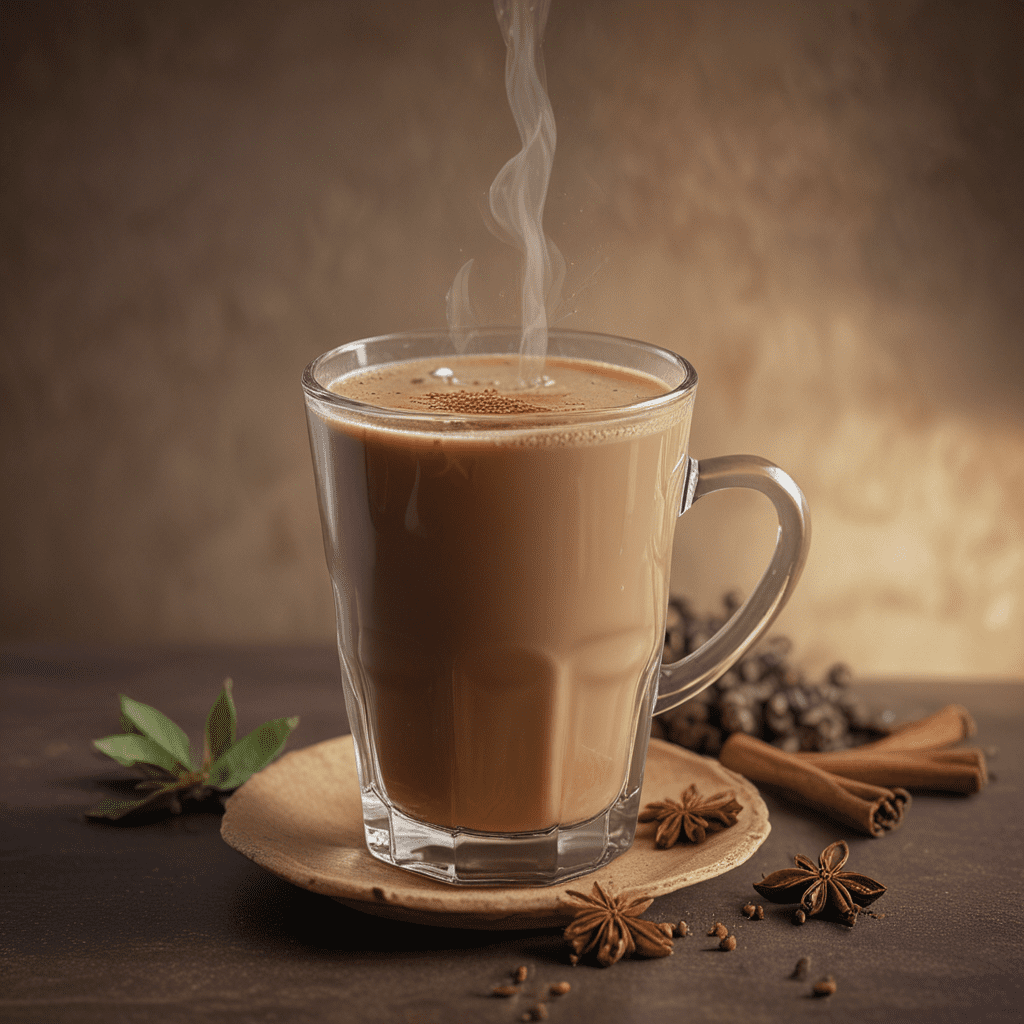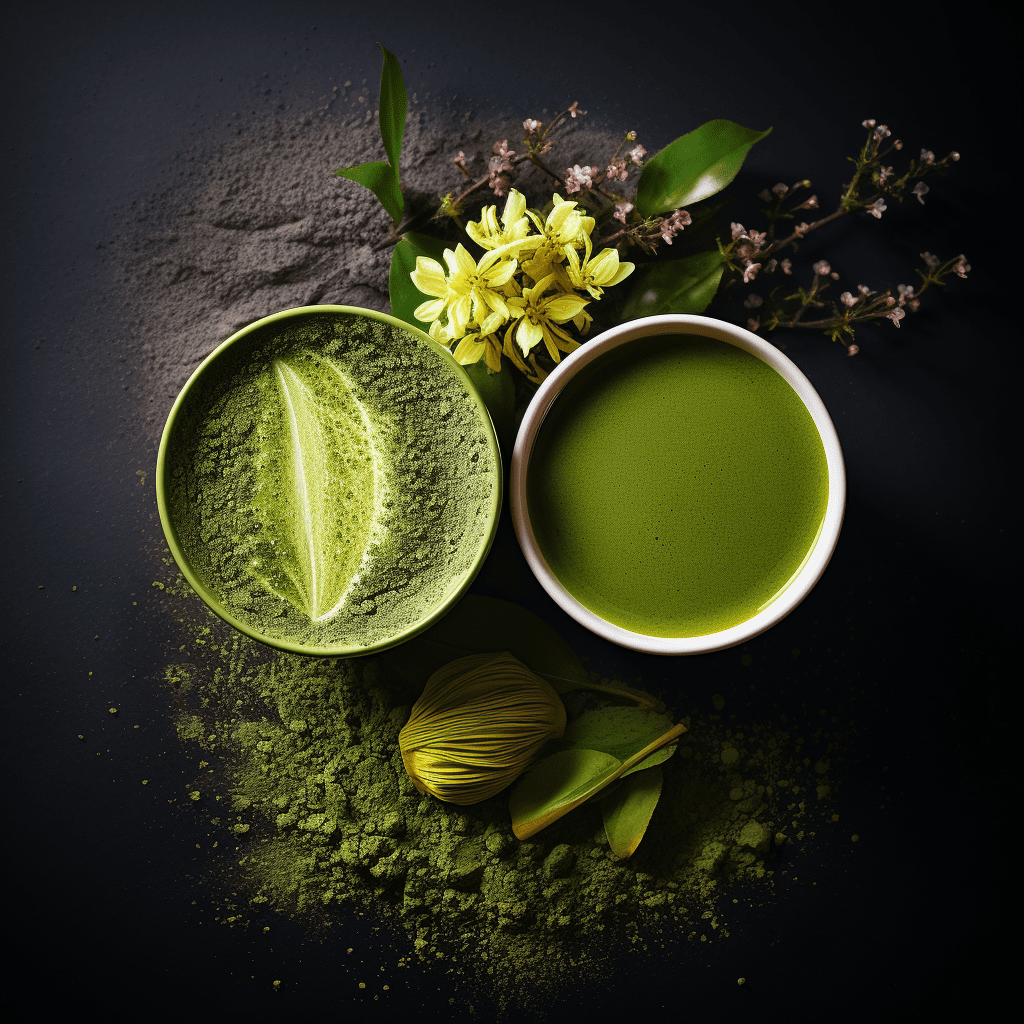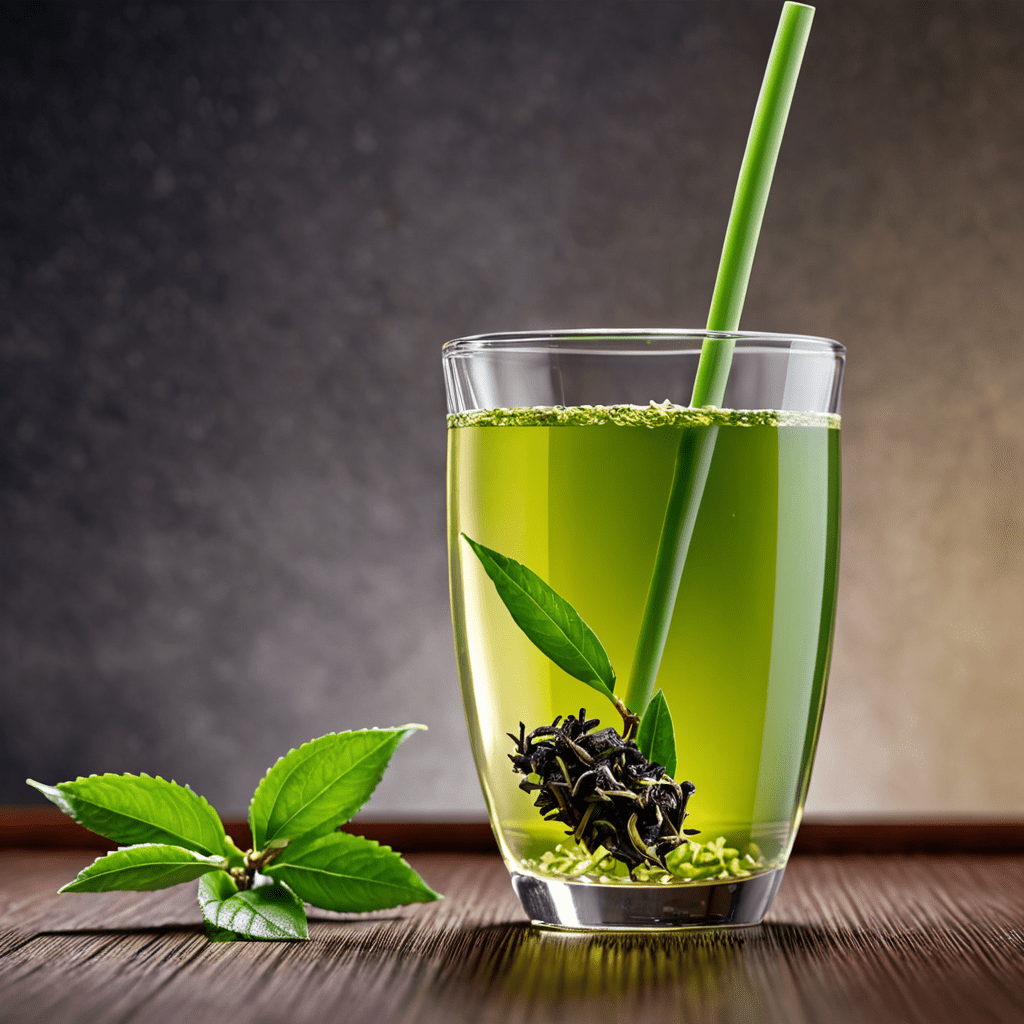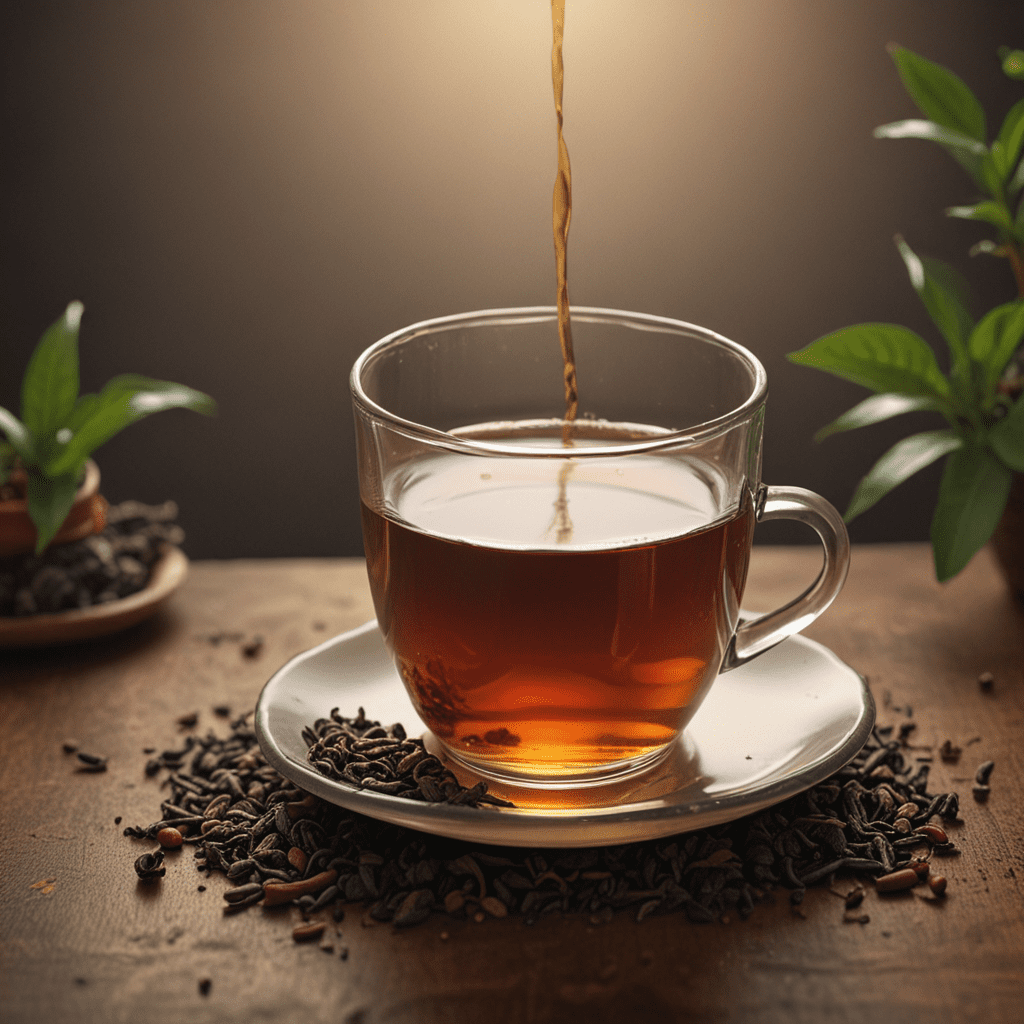Chai Tea: A Cultural Staple in Indian Cuisine
Chai tea is a robust and flavorful beverage that holds a special place in Indian culture. It is a staple drink consumed across the country, transcending regional and social boundaries. Chai, meaning "tea" in Hindi, is more than just a beverage; it is an integral part of Indian hospitality, social gatherings, and daily life.
I. Introduction
Chai tea is a fragrant blend of black tea, milk, sugar, and a harmonious symphony of spices. The most common spices used include cardamom, ginger, cinnamon, and cloves, although variations exist across regions. Chai is typically prepared by simmering these ingredients in water until the flavors meld together, creating a rich and comforting beverage.
II. History of Chai Tea
The origins of chai tea can be traced back to the British colonial era in India. The British introduced tea cultivation to the country, and Indians began experimenting with blending local spices with the imported tea leaves. Over time, chai evolved into a unique and distinctly Indian beverage.
III. Ingredients and Preparation
The core ingredients of chai tea are black tea leaves, milk, sugar, and spices. The type of tea leaves used can vary, but Assam black tea is commonly preferred for its bold flavor. Milk is an essential component, contributing to the beverage's creamy texture and richness. Sugar balances the bitterness of the tea and spices.
IV. Cultural Significance
Chai tea holds immense cultural significance in India. It is a symbol of warmth, hospitality, and comfort. Serving chai to guests is a gesture of welcome and respect. In many regions, chai is consumed throughout the day, from morning breakfast to evening relaxation.
V. Health Benefits
Beyond its cultural significance, chai tea is also known for its potential health benefits. The spices used in chai, such as ginger and cardamom, possess antioxidant and immune-boosting properties. The beverage can aid in digestion and has a calming effect on the body.
VI. Chai Tea Rituals
Chai tea rituals are an integral part of Indian culture. In many cities and towns, chaiwala vendors set up small stalls on street corners or near markets, serving hot chai to passersby. These vendors are often a central part of the community, providing not just a beverage but a gathering place for social interactions.
Traditional preparation methods for chai vary from region to region. In some parts of India, chai is prepared in a clay pot called a kulhad, which imparts a unique earthy flavor to the beverage. In other regions, it is prepared in a metal vessel called a samovar, which keeps the chai hot for extended periods.
VII. Chai Tea in Literature and Art
Chai tea has found its way into Indian literature and art, reflecting its deep cultural significance. Poets have penned verses about its aroma and taste, while musicians have composed songs that capture its essence. In films and television shows, chai is often depicted as a symbol of warmth, comfort, and community. These artistic expressions showcase chai's integral role in Indian culture and identity.
VIII. Modern Adaptations
In recent years, chai tea has gained international popularity, leading to creative adaptations and flavor combinations. Cafés and teahouses around the world offer unique variations of chai, incorporating ingredients such as honey, vanilla, or even chocolate. The popularity of chai lattes, which combine chai concentrate with steamed milk, has further expanded its appeal.
IX. Social and Economic Impact
Chai tea has a significant social and economic impact in India. Chaiwala vendors often come from marginalized communities, and the sale of chai provides them with a source of livelihood. The beverage has also become an important aspect of tourism, as visitors from around the world seek out authentic chai experiences.
X. Conclusion
Chai tea is more than just a beverage in India; it is an integral part of the country's cultural fabric. Its history, ingredients, and rituals reflect the rich traditions and diversity of Indian society. As chai continues to evolve and adapt to modern tastes, its enduring role as a beloved and multifaceted beverage is assured.
Frequently Asked Questions (FAQs):
1. What is the difference between chai tea and regular tea?
- Chai tea is a blend of black tea, milk, sugar, and spices, while regular tea is simply brewed tea leaves without the added ingredients.
2. What are the most common spices used in chai tea?
- Cardamom, ginger, cinnamon, and cloves are the most prevalent spices used in chai.
3. Is chai tea caffeinated?
- Yes, chai tea contains caffeine as it is made with black tea leaves.
4. How do you make chai tea at home?
- Combine black tea leaves, milk, sugar, and spices in a saucepan. Bring to a boil and simmer for 5-10 minutes. Strain and serve hot.
5. What are some creative variations of chai tea?
- Some popular variations include honey chai (adding honey for sweetness), vanilla chai (adding vanilla extract), and chocolate chai (adding cocoa powder).



